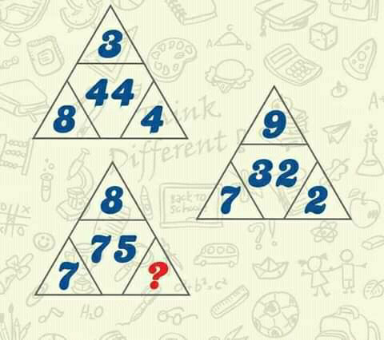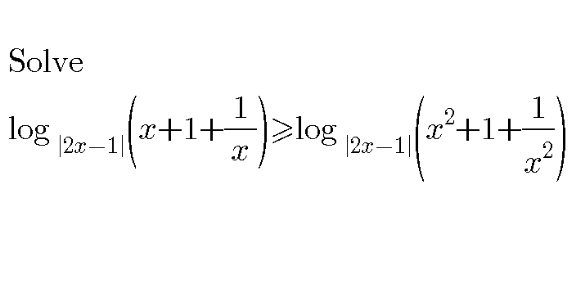
AllQuestion and Answers: Page 1107
Question Number 107327 Answers: 0 Comments: 0
Question Number 107320 Answers: 1 Comments: 6
Question Number 107314 Answers: 2 Comments: 0
Question Number 107313 Answers: 2 Comments: 0
Question Number 107310 Answers: 3 Comments: 0

Question Number 107304 Answers: 2 Comments: 0
Question Number 107299 Answers: 2 Comments: 0
Question Number 107292 Answers: 0 Comments: 0
Question Number 107291 Answers: 1 Comments: 0
Question Number 107290 Answers: 0 Comments: 0
Question Number 107289 Answers: 1 Comments: 0
Question Number 107288 Answers: 1 Comments: 0
Question Number 107287 Answers: 1 Comments: 0
Question Number 107286 Answers: 1 Comments: 0
Question Number 107285 Answers: 0 Comments: 0
Question Number 107284 Answers: 0 Comments: 0
Question Number 107283 Answers: 0 Comments: 0
Question Number 107279 Answers: 1 Comments: 1

Question Number 107275 Answers: 0 Comments: 0

Question Number 107272 Answers: 1 Comments: 0

Question Number 107315 Answers: 0 Comments: 1

Question Number 107318 Answers: 1 Comments: 0
Question Number 107264 Answers: 2 Comments: 1
Question Number 107263 Answers: 0 Comments: 1
$$\underset{\mathrm{n}=\mathrm{1}} {\overset{\mathrm{n}} {\sum}}\sqrt{\mathrm{n}} \\ $$
Question Number 107262 Answers: 0 Comments: 0
Question Number 107254 Answers: 0 Comments: 1

Pg 1102 Pg 1103 Pg 1104 Pg 1105 Pg 1106 Pg 1107 Pg 1108 Pg 1109 Pg 1110 Pg 1111
